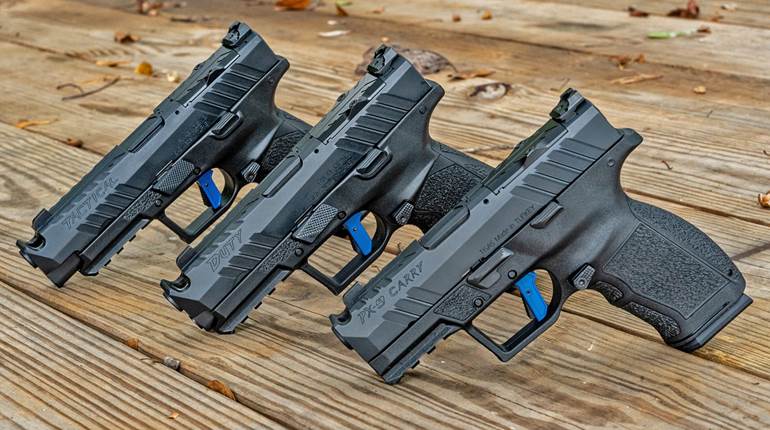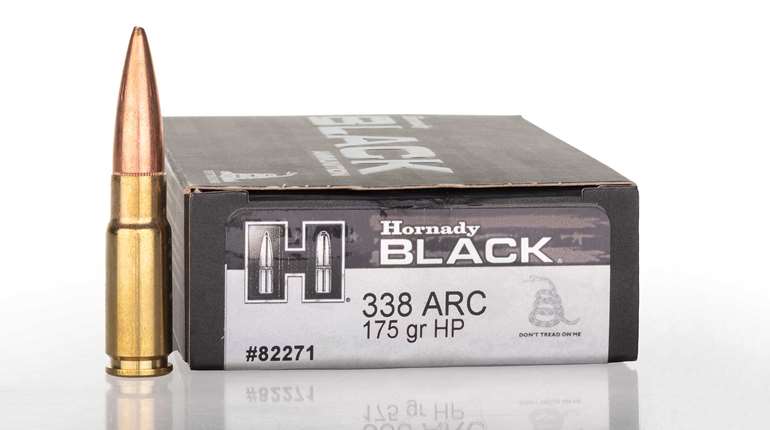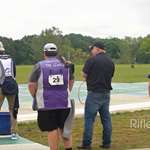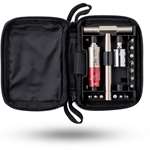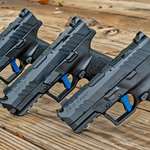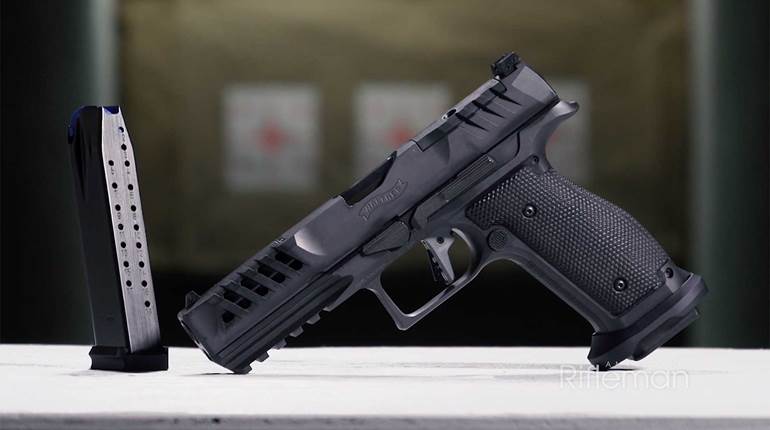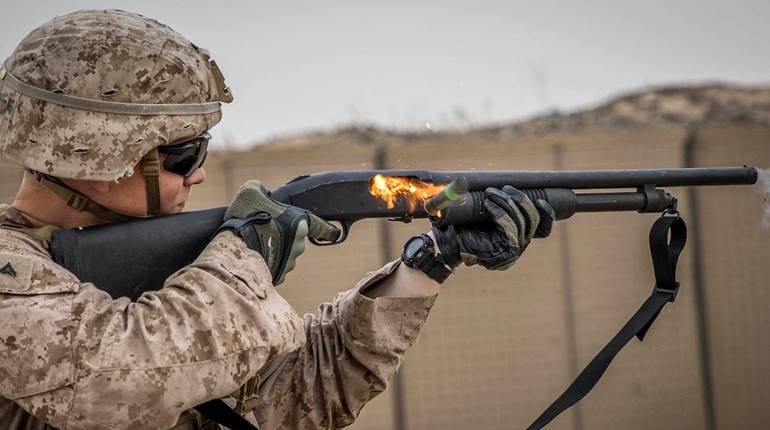Over the past few years, the pistol-caliber carbine market has grown and experienced a renaissance of sorts, especially in the realm of competitive shooting. Rock River Arms has joined the fray with its own line of pistol caliber carbines based off of the AR-15 platform. In 2020, American Rifleman staff tested and reviewed on these carbines set up specifically for competitive shooting, the Rock River Arms BT 9 R9 Competition in 9 mm Luger.
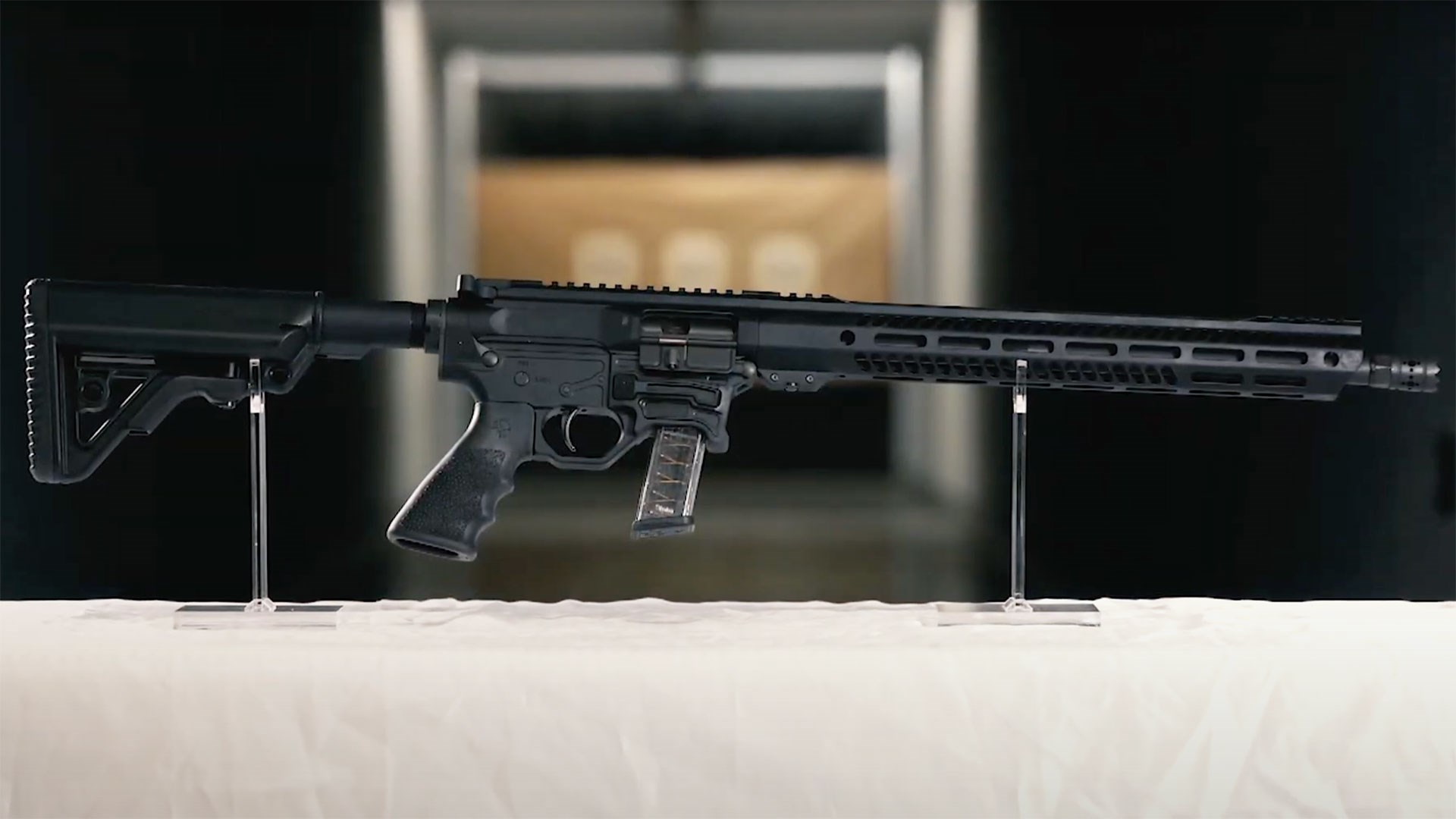 The Rock River Arms BT 9 R9 Competition.
The Rock River Arms BT 9 R9 Competition.
As a platform based off the ubiquitous AR-15, the BT 9 R9 Competition has many control and aesthetic features that will be readily familiar to anyone who is also familiar with the former. The BT 9 R9 uses an AR style of upper and lower receiver group, with the controls located in their classic locations. This includes the charging handle, bolt release, safety lever and magazine release, all of which are non ambidextrous. The magazine release lever is different in design from a standard AR-15, but the button is located in the same spot ahead of the trigger on the right side of the lower receiver.
 A closer look at the right side of the Rock River Arms BT 9 R9 Competition.
A closer look at the right side of the Rock River Arms BT 9 R9 Competition.
Both the upper and lower receiver are made from aluminum, with the upper being extruded while the lower is machined from billet. Being a pistol caliber carbine in 9 mm Luger, the BT 9 R9 Competition uses a blowback-operated, semi-automatic action. The lower receivers magazine well is shaped differently with and added bevel, specifically to take Glock-style double-stack magazines, of which the example tested came with a single 17-round magazine from ETS Group. The BT 9 R9 Competition comes with a 16" chrome-molly barrel threaded at the muzzle for 1/2x36" TPI, topped off with a Rock River Armory mini break.
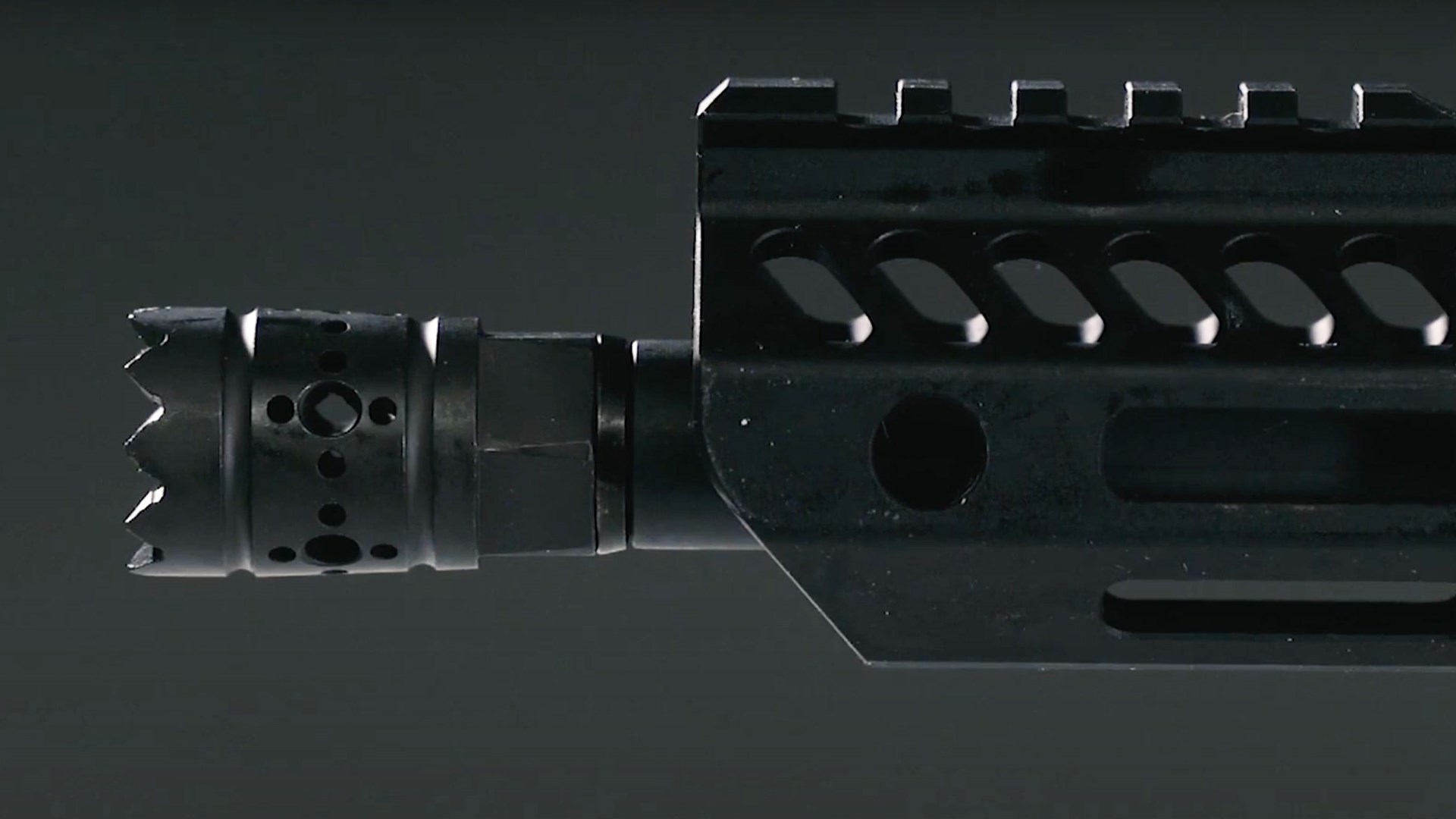 A closer look at the mini break that comes on the Rock River Arms BT 9 R9 Competition.
A closer look at the mini break that comes on the Rock River Arms BT 9 R9 Competition.
The barrel is surrounded by a 15" free-floating hand guard, with M-LOK slots machined into the 3-, 6- and 9-o'clock positions. A short segment of Picatinny rail is at the front and rear of the hand guard, with more rail segment on the flat top receiver for mounting optics. QD sling attachment points can also be found on the sides of the hand guard.
 Firing the Rock River Arms BT 9 R9 Competition on the range.
Firing the Rock River Arms BT 9 R9 Competition on the range.
As for furniture, the BT 9 R9 Competition comes with a Hogue overmolded pistol grip and a four-position adjustable Rock River Arms buttstock. It also comes with an AR-15 two-stage trigger group, with a measured pull weight of 4 lbs., 14 ozs. Overall, the BT 9 R9 Competition has an unloaded weight of 6 lbs., 13 ozs. For more information on the Rock River Arms BT 9 R9 Competition and the company's other pistol-caliber carbines, visit rockriverarms.com.
To watch complete segments of past episodes of American Rifleman TV, go to americanrifleman.org/artv. For all-new episodes of ARTV, tune in Wednesday nights to Outdoor Channel 8:30 p.m. and 11:30 p.m. EST.
